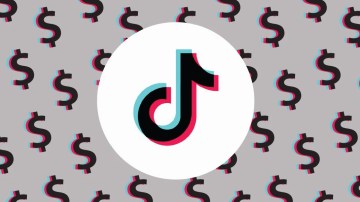H&M is trying to prove it has more to offer than just cheap T-shirts from its ubiquitous bargain brand.
The H&M Group is looking to diversify its offerings by shifting focus from its eponymous store to its five other companies: COS, Weekday, Cheap Monday, & Other Stories and Monki. The Swedish retailer is recalibrating across 64 countries, relocating certain stores, shuttering others and opening an increased percentage of locations of its non-H&M brands, which currently comprise just one out of 10 stores.
H&M will also be more deliberate in its overall growth strategy. The company announced in January that it will slow its pace of opening 10-15 percent more physical stores each year — in 2017, the company plans to open 430 stores, 70 to 80 of which will be one of the other five brands. At the same time, the company will invest in e-commerce, increasing the number of markets that can purchase products from its six brands online.
“There’s a lot of attrition right now in fashion and in apparel,” says Ed Kennedy, senior director of commerce at software company Episerver. “H&M is trying to avoid becoming stuck in that track, where the consumer only thinks of them as cheap, decent-looking clothing.”
From an inventory perspective, H&M is slowing its product turnover across all brands. According to data from retail analytic company Edited, in the fourth quarter in 2016, there were 4.6 percent fewer new products at H&M stores than in the first quarter, 17 percent fewer new products at & Other Stories and 25 percent fewer items at Cos. (Comparatively, H&M has approximately 10,000 products in stock — five times more than the available styles at & Other Stories.)
“The last 10 years have been a race to have more, more, more — all the way across the industry — facilitated by the rise of e-commerce,” says Katie Smith, senior analyst at Edited. “The industry is now pretty saturated, as high levels of discounting and struggling retailers demonstrate. What’s happening now feels like retail’s awareness that offerings have to be unique, based on retailer — and there has to be a compelling story and product sold at the right price.”
For H&M, this has meant switching gears from fast fashion to niche, higher-quality apparel. Brands like Cos have helped H&M expand its consumer demographic, namely to cult fashion followers seeking slightly upscale looks. Cos, which is London-based, is now in its tenth year and has thrived on its modern twist on basics and quintessential wardrobe staples like the white blouse. Cos opened its first U.S. store in 2014 and has since grown to 12 storefront locations in the states.
Meanwhile, & Other Stories — which was originally conceptualized as a cosmetics and accessories project, but has flourished into its own fashion brand — has helped the H&M group establish clout, thanks to its atelier model that combines aesthetics from designers in Paris and Stockholm. & Other Stories has also allowed H&M to expand its partnerships (building upon existing collaborations within the H&M brand) with luxury brands like Rodarte.
“Cos and & Other Stories are modern brands with none of the fast fashion baggage,”said Jessica Navas, chief planning officer at Erwin Penland. “With fantastic design, a more select offering and sustainability practices, these brands can definitely help to lead and re-shape H&M.”



